An Analysis of Synthetic Grass Lawns – Are They Really Worth It?
Synthetic Grass technology and the vastly improved aesthetic appeal of artificial turf, combined with shrinking Australian backyards and busier life and work schedules leaving ...

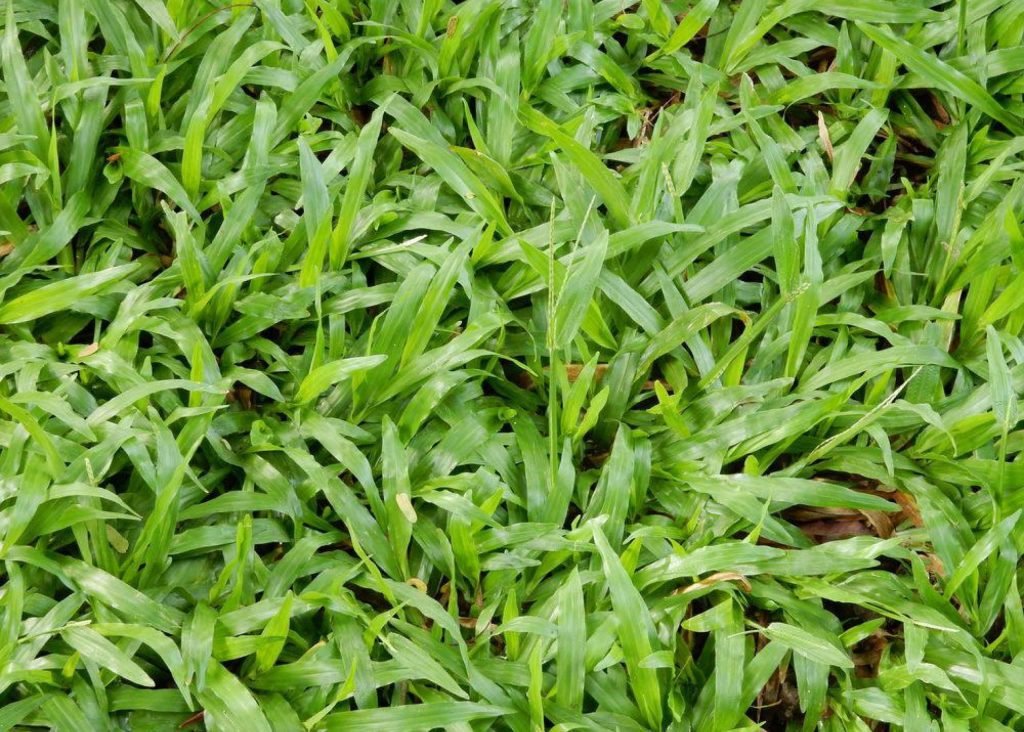 This perennial warm-season grass is an appealing choice for homeowners in tropical parts of Australia – especially northern Queensland.
This perennial warm-season grass is an appealing choice for homeowners in tropical parts of Australia – especially northern Queensland.
With excellent shade but poor drought and wear tolerance, let’s find out if it the right grass for you.
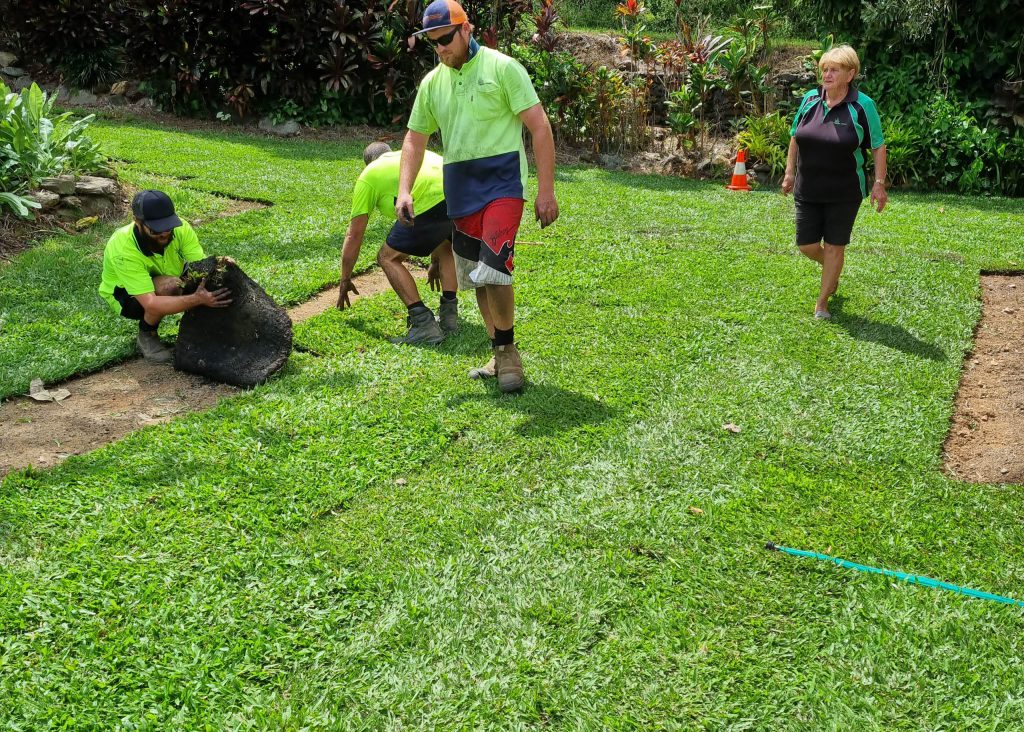 Broadleaf Carpetgrass is known locally in north Queensland as “Tropical Buffalo grass”. It has a distinctive dark green colour with a creeping feature that spreads by stolons only and is a dense, low growing turf with wide, blunt coarse-textured leaves.
Broadleaf Carpetgrass is known locally in north Queensland as “Tropical Buffalo grass”. It has a distinctive dark green colour with a creeping feature that spreads by stolons only and is a dense, low growing turf with wide, blunt coarse-textured leaves.
Broadleaf Carpetgrass is in its element growing on clay soils in the tropical green belt from Tully to Mossman, to Ingham and is also favoured as a lawn grass from Sarina north to Townsville.
Its performance depends on the extent of the monsoon season, mainly how long the period of rainfall, humidity and heavy cloud cover persists. Typically, from Tully to Mossman, the monsoon arrives mid-January and lasts up to end of April.
Originating in central South America, Broadleaf Carpetgrass loves warm, moist environments, so is ideal for tropical conditions and prefers partly shady areas in sub-tropical conditions. It is highly suited to low fertility, slightly acidic conditions, clay soils, and is used mainly in home lawns, parks, roadside and golf course roughs.
Broadleaf Carpetgrass is also known as the “lazy man’s lawn”, its qualities being that it is competitive, easy to mow, and no matter how short it is mown it is impossible to scalp because the leaf starts at the ground.
A popular sentiment is that Carpetgrass recovers well after periods of drought (three to four months) and beats the weeds by nature of its competitive growth. However, it is also the most water dependent turf grass grown in the tropics, and few people try to keep the water up to it in dry conditions.
This is where the “lazy man’s” definition comes from, following the wet season, it stays green until mid-August. As temperatures rise and the rainfall ends, Carpetgrass browns off quickly and after three months or so, the ground stays almost bare until good rainfall arrives.
With little to no weed control, fertilising or watering, Carpetgrass can be a low maintenance environmentally sustainable turf grass.
Carpetgrass has good shade tolerance to 70% and thrives in persistent cloudy conditions typical of the tropical wet seasons of north Queensland. Once established, Carpetgrass will maintain its condition in the shade, but can take longer to establish in cooler months.
Unlike Buffalo and Kikuyu grasses, Carpetgrass has little thatch, and does not become spongy underfoot.
Despite its vigorous growing habit (it spreads quickly) and coarse texture, Carpetgrass does not have particularly good wear, but it recovers quickly and is predominant in family lawns in far north Queensland.
Carpetgrass is not suited to sports playing fields, however in the cloudy conditions of the Babinda to Tully wet belt, it is the best survivor on football fields and chokes out weeds and Couch grass in those conditions.
It is often sold as a blend with Couch grass to help bind the turf together, the Carpetgrass typically dominates in the wet warm months and the Couch grass can be dominant in the dry months from September to December.
With the arrival of summer rains, Carpetgrass quickly recovers and dominates.
While it has good heat tolerance, it quickly turns brown when it runs out of water and nutrition. Both fertiliser and regular deep watering are required if the grass is to be kept green year-round.
Carpetgrass grows very quickly in the wet summer months and needs very regular mowing, it is an easy grass to mow, but there will be an abundance of lawn clippings.
If you’re in the market for a nice-looking lawn, year-round in the tropics, that has a very high drought tolerance than Zoysia Grass may be a more appealing choice. Featuring a finer blade than Carpet Grass, it is softer to touch, and has a deeper, more attractive, green colour.
In the tropics, even on sand-based soil, Zoysia Grasses can remain green for up to a month without water. They also cope well with shade.
Zoysias are slower growing than Carpet Grass, which means that you do not need to mow them as often. However, you should not let it grow too high between cuts, to avoid thatching. They are also harder wearing than Carpetgrass, making them a more suitable selection for high traffic areas.
Here are some popular Zoysia Grass varieties:
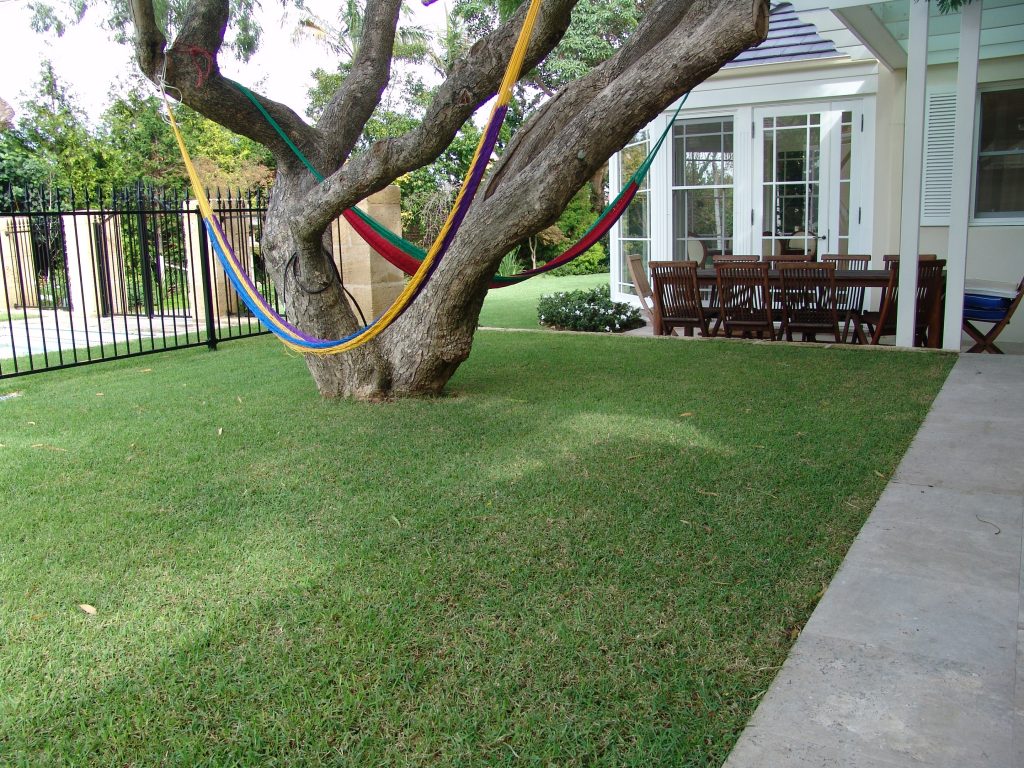 As one of the most drought-tolerant, water-efficient turf varieties available in Australia, Empire Zoysia features a fine leaf with strong wear tolerance, making it ideal for homes virtually anywhere in Australia.
As one of the most drought-tolerant, water-efficient turf varieties available in Australia, Empire Zoysia features a fine leaf with strong wear tolerance, making it ideal for homes virtually anywhere in Australia.
It also features a strong green colour throughout autumn and winter, and requires minimal maintenance year-round in terms of mowing, watering and fertilising.
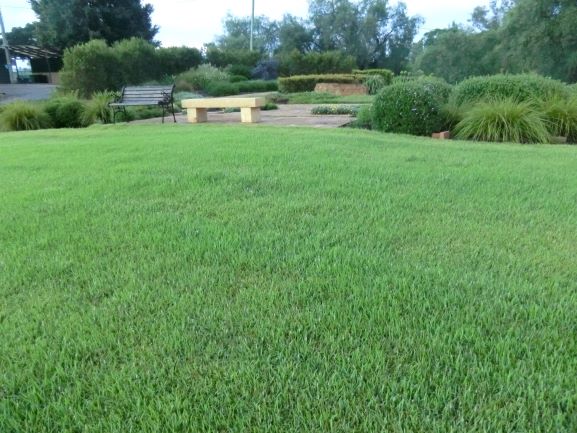 A native lawn variety, Nara Native Zoysia is well-suited to all areas across the Country.
A native lawn variety, Nara Native Zoysia is well-suited to all areas across the Country.
It is a low maintenance lawn that requires less mowing, edging and fertilising compared to other varieties such as Buffalo, Couch and Kikuyu.
Nara Native Zoysia’s deep-rooted characteristics offer it outstanding drought tolerance and water efficiency as well as a high wear tolerance in both full sun and semi-shade.
Its deep roots also mean it is superb for erosion control and for laying on sloping sites.
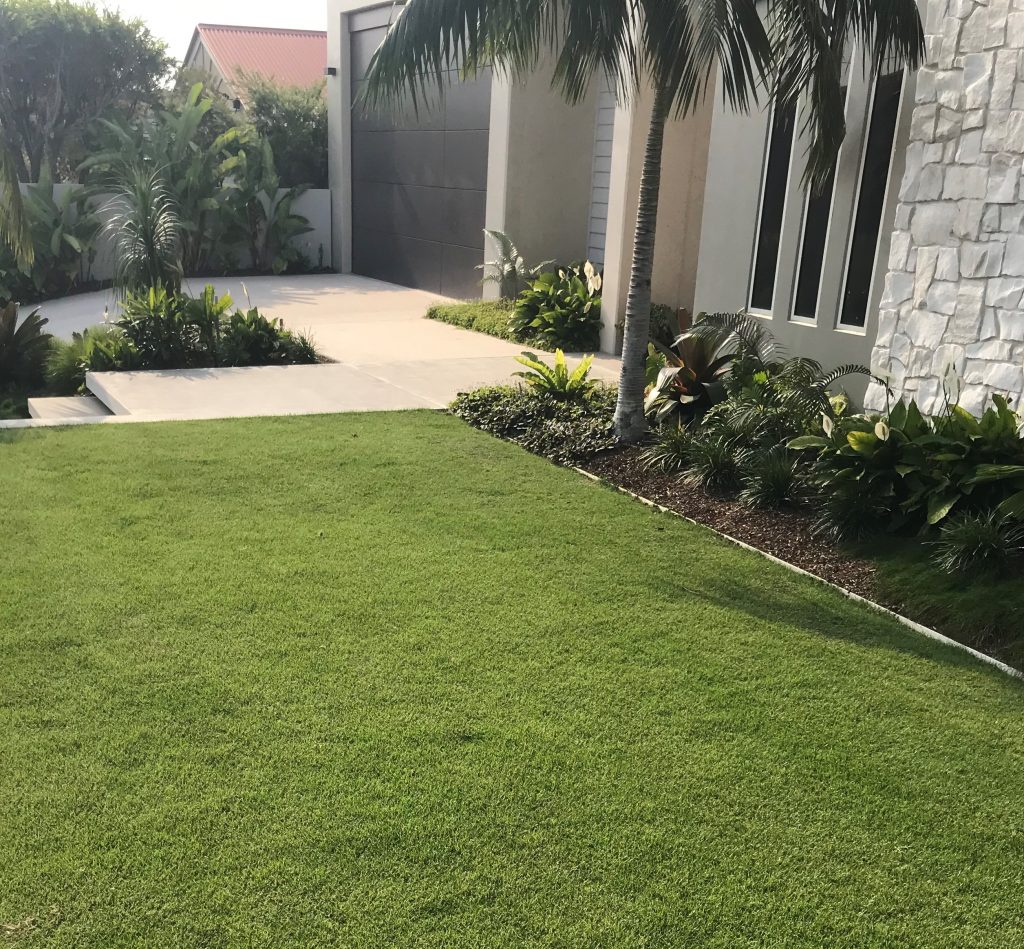 This newly launched variety is an adaptable lawn offering exceptional drought and shade tolerance.
This newly launched variety is an adaptable lawn offering exceptional drought and shade tolerance.
It features a deep green grass that suits any environment – from residential, parklands and sporting fields. Augusta Zoysia has a high shade tolerance and is ideal for those wanting a low maintenance lawn that requires less mowing, fertilising and watering.
It is also an efficient water user and suitable for drought prone regions and areas with low rainfall.
While Carpet Grass may be an appealing choice for those living in tropical north Queensland, this invasive lawn variety has many disadvantages, including high water dependence and poor wear.
If you’re looking for a more robust variety, Zoysia Grasses provide a good alternative, combining drought tolerance and resistance to wear with a finer, softer leaf, and more appealing aesthetic.
You can find a list of Zoysia turf farmers and suppliers at myhomeTURF’s Find A Turf Supplier page.